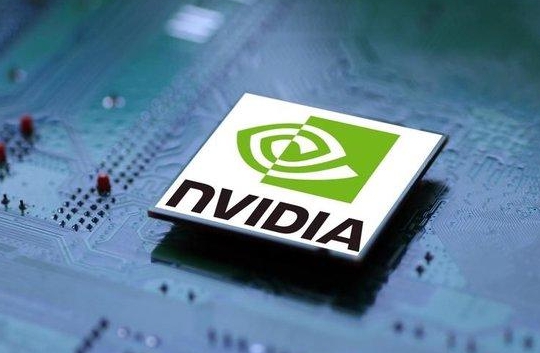AI Chip Industry Trends from NVIDIA's Latest Earnings Report

On 16 February, OpenAI released the first text-generated video model Sora, which can use text commands to generate high-definition videos up to 1 minute long.Sora came out of nowhere and shook the entire technology circle, and artificial intelligence set off another boom.On 22 February, global AI chip leader NVIDIA brought out explosive financial results.Q4 of the 2024 fiscal year NVIDIA's revenues rose 265%, profit rose 769%, and the full-year revenue of the 2024 fiscal year hit $60.9 billion, an increase of 126%. Full-year revenue for fiscal year 2024 hit a record high of $60.9 billion, up 126%. As of 6 March 2024, NVIDIA's market value exceeded $2.1 trillion, exceeding the GDP of many countries, rich as a nation.
The current surge in AI arithmetic is leading to an expansion of the market towards even greater sizes in the future. amd predicts the market for data centre AI chips will top $45 billion in 2023, well above the $30 billion that amd predicted in June. By 2027, the market will expand further to $400 billion, more than double its previous forecast. Research data from a number of organisations, including IDC, show that close to 90% of the global AI arithmetic market is currently occupied by NVIDIA. According to Omdia's statistics, by Q3 2023, NVIDIA had sold nearly 500,000 A100 and H100 GPUs.Considering that the purchase orders of large cloud vendors and mainstream big model companies all start at 10,000, there are still opportunities for NVIDIA alternatives in the AI arithmetic gap.
NVIDIA's current dominance is an indisputable fact, but the future size of the AI arithmetic market is huge, and other vendors can still get a piece of the pie, and domestic chip makers still have a chance, but the road ahead is destined to be full of ruggedness and challenges.









